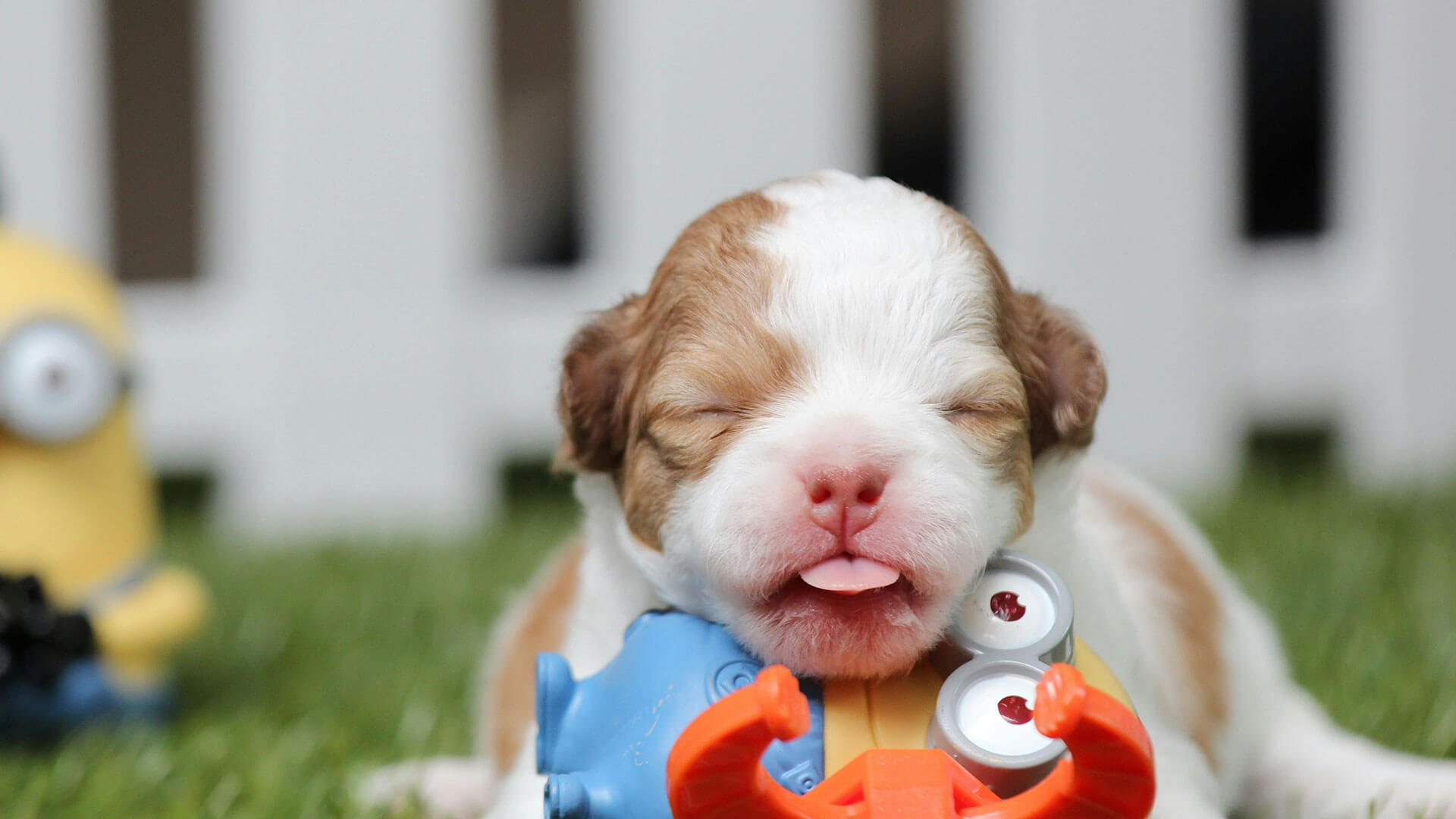Bringing home a cute puppy is super exciting. But everyone wants a well-behaved, tail-wagging buddy, right?
Puppies at a young age are curious, anxious, and still learning bladder control. This makes it tough to keep them safe and your home intact. To help them become disciplined, one of the best solutions is crate training. Yes, it’s a great way to turn chaos into calm.
But remember, this training should start early. That’s because crate training an 8-week-old puppy requires less effort and time.
We’ll share how you can achieve this, why it’s important, and how to choose the right crate for your pup.
Why crate training a puppy at an early age is important?
Crate training is not about locking your puppy up. In fact, it’s about teaching them to be calm, disciplined, and comfortable when alone even they are little. With the right approach, your furry friend will see the crate as their cozy little home. So, here’s why you should go for this training:
First, this training keeps your puppy safe when you’re away from them. Since puppies explore with their mouths and can chew dangerous items or get hurt, living in crates will save them from such potential accidents.
Second, it helps with house training. Dogs avoid soiling in their sleeping area, so a crate encourages them to hold their bladder until taken outside. Amazing, right?
Third, crates create a calm space for your puppy to relax. This won’t disturb their sleep because they’re not on the bed or couch where others come and sit frequently.
Fourth, it prevents destructive habits, like chewing furniture, by limiting access to the house until they learn the rules. Last but not least, early age, specifically 8 weeks, is easier than crate training an older puppy because younger puppies are more adaptable and have fewer bad habits.
Hence, over time, the crate becomes a cozy “den” your puppy chooses to rest in.

How can you crate-train an 8-week-old puppy?
Here’s the best puppy crate training schedule for every pet parent:
1. Familiarize them with the Crate
When training, the first thing is to start by introducing your puppy to their crate in a friendly and stress-free manner. Let them explore their new place at their own pace rather than forcing them to go inside. If you force, crate will become a cage for them.
Plus, the crate should be in a commonly used area, making it part of everyday life. With that, everyone will have an eye on the behavior of your cute buddy. Just to build trust and make it a comfortable place, you can put in favorite toys, a small bowl of food, and tasty treats. This will encourage positive associations.
2. Feed them inside the crate
A sudden change can be really scary. When feeding, start dragging the food bowl near the crate. Then, slowly move their food bowl just inside the crate door, letting them eat while staying relaxed.
Over days, place the bowl farther into the crate. Once they’re comfortable eating inside, close the door during meals. But open it right after.
Now, going inside the crate is not a problem, right?
3. Teach them to spend more time in their crate
Introduce a simple command like “crate” or “kennel” and toss a treat inside. When they enter, don’t forget to praise them. As soon as they enter and stay calm, close the crate door for just a few seconds. Then reward them and let them out.
Slowly increase the time they stay inside with the door shut. Here, you can give treats or a quiet toy to keep them occupied. Once you find them comfortable, step out of the room briefly and return before they get anxious.
Over days, extend how long you’re away. This will build their confidence even if you’re not around them.
4. Monitor your puppy’s behavior through CCTV
This crate life is new to them. You should pay close attention to how they react during crate training puppy sessions at night. For that, you can install CCTV to monitor their behavior every time. If you notice signs of stress or anxiety, adjust your methods.
For example, you should set an alarm to wake up before your pup to take them outside for potty. The same goes for the daytime potty breaks.
5. Be Patient
When crate training 8-week-puppy, remember, it takes time. According to senior dog trainers, you should be patient for at least six months. Here slow and steady wins the race.
Since you’re training the animals it’s not a one-night game. Frustration or rushing can make things harder for your dog to learn. Even if your pup doesn’t want to step in someday, don’t push it.
The important part is to celebrate the small milestones i.e; treat them when they go inside and outside. The more they gain your trust, the easier they’ll live inside this new room.
What are the different types of crates for your pups?
Here are different types of crates you can use for your baby dogs:
Metal crates
The most common are the metal crates, known for being strong and long-lasting. They have good airflow and let your puppy see what’s going on around them. Looking at everything outside means helping them feel safe. However, these crates are heavy and not easy to carry around. So, you can keep them in one place at home.
Plastic Crates
These crates offer more privacy and are lightweight. That means you can move them around easily. Also, they are easy to clean and prevent your puppy from escaping. However, plastic crates provide less ventilation compared to metal crates, so they may not be as breathable for your puppy.
Soft-Sided Crates
Those who want to have their puppies while travelling can lean towards this option. Soft-sided crates for puppies are a great option for calm, crate-trained puppies. They are lightweight and comfortable, which makes them perfect for travel. But there’s one downside: Not as durable as other types of crates. They can be easily damaged if your puppy is too active or tries to chew on them.
FAQs
Why should you start crate puppy training at 8 weeks?
Starting at 8 weeks is ideal because puppies are more adaptable and have fewer bad habits. This makes training simpler and more effective than for older dogs.
How can I make my puppy feel comfortable in the crate?
To help your puppy feel comfortable, firstly, introduce them to the crate slowly. You can make it inviting with soft bedding, toys, and treats. Also, put the crate in the most commonly used area and. Plus, don’t force, and let them explore it at their own pace.







